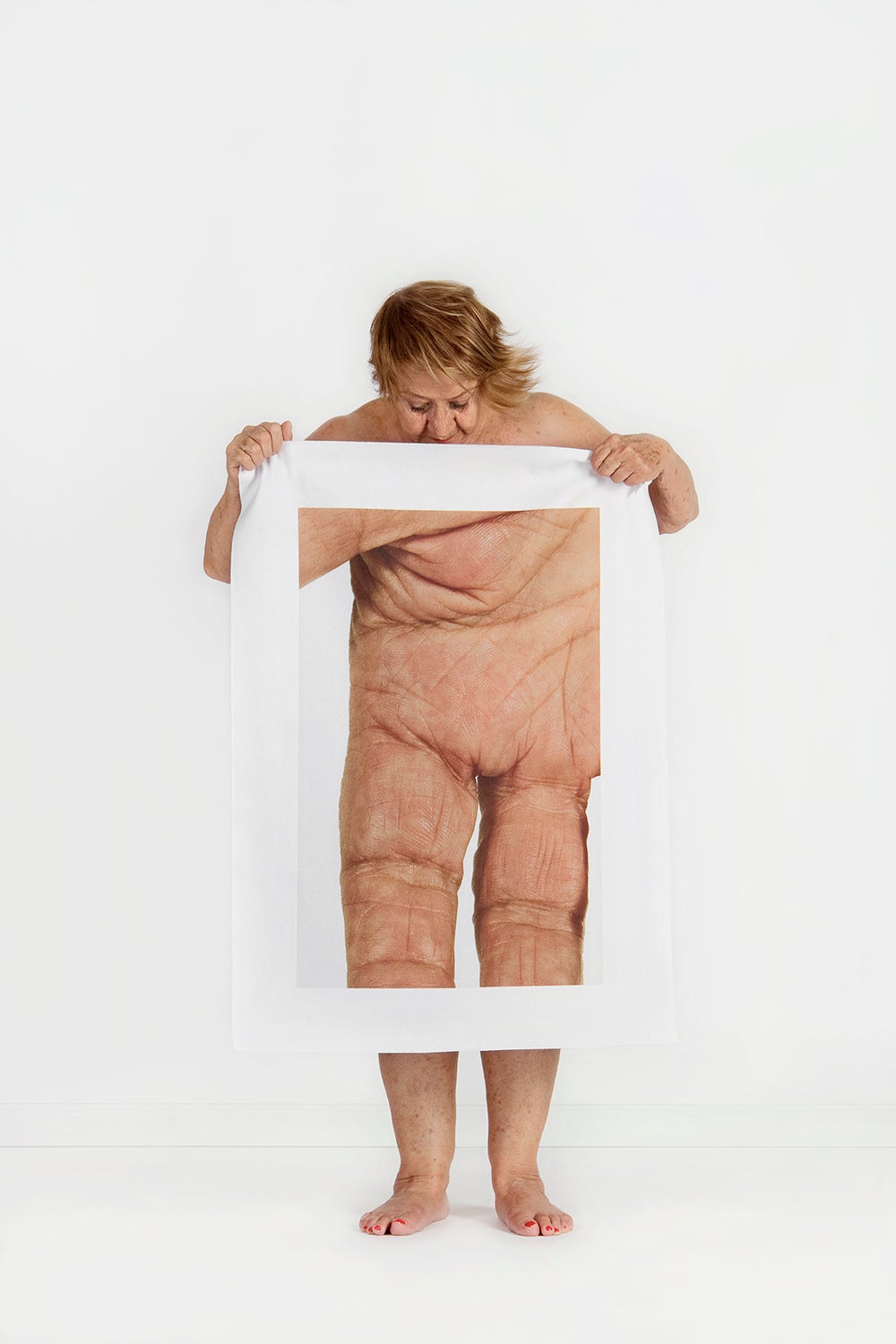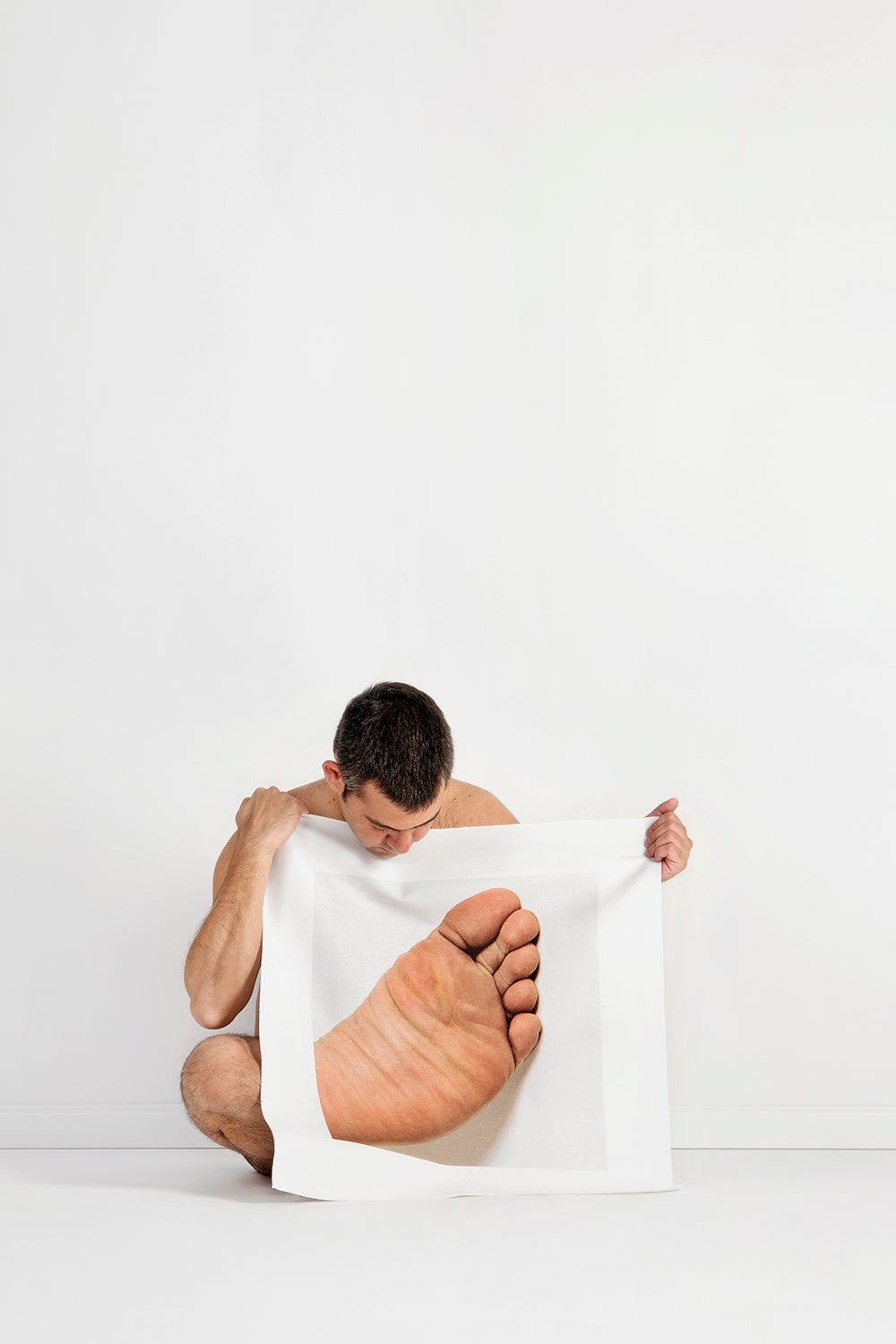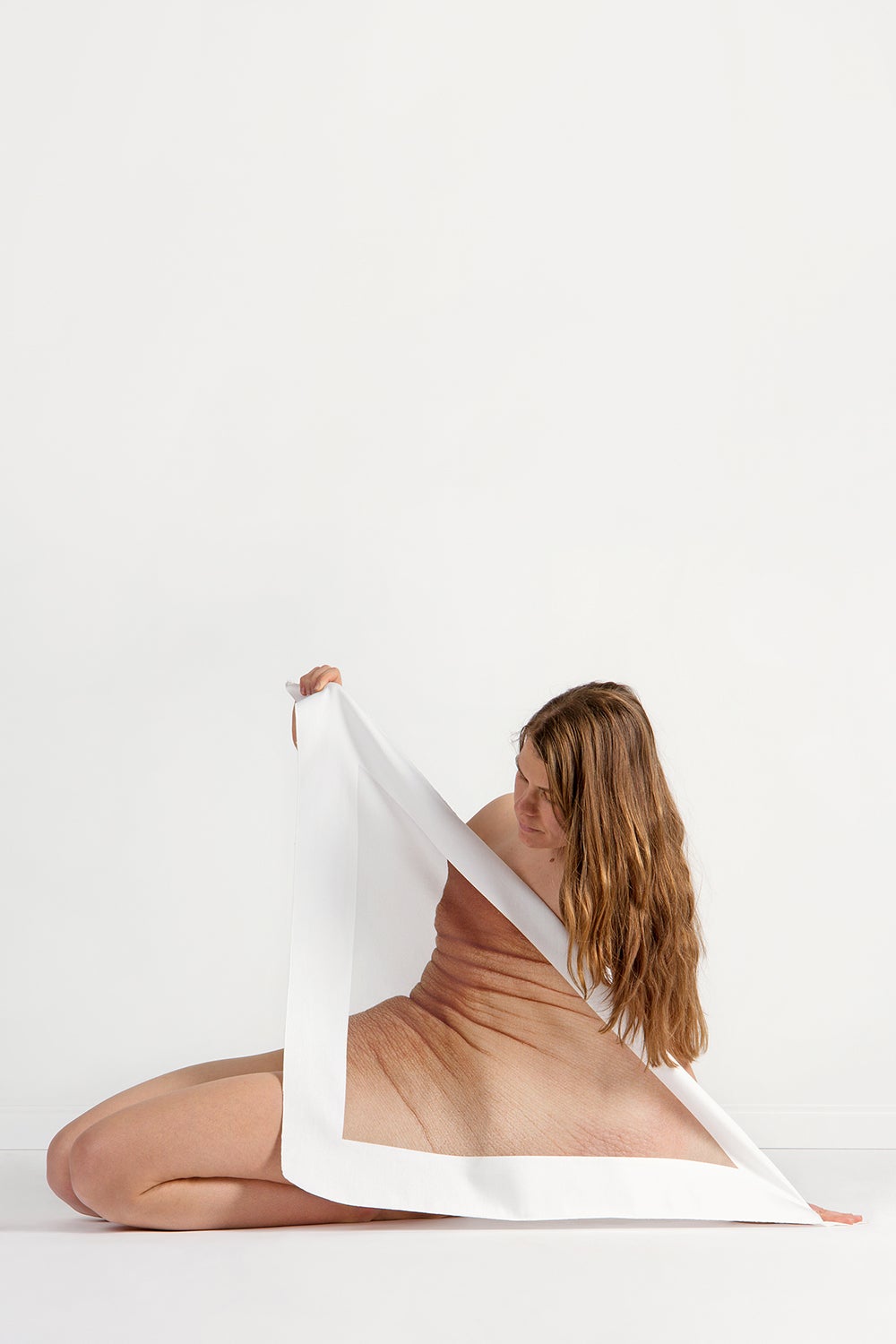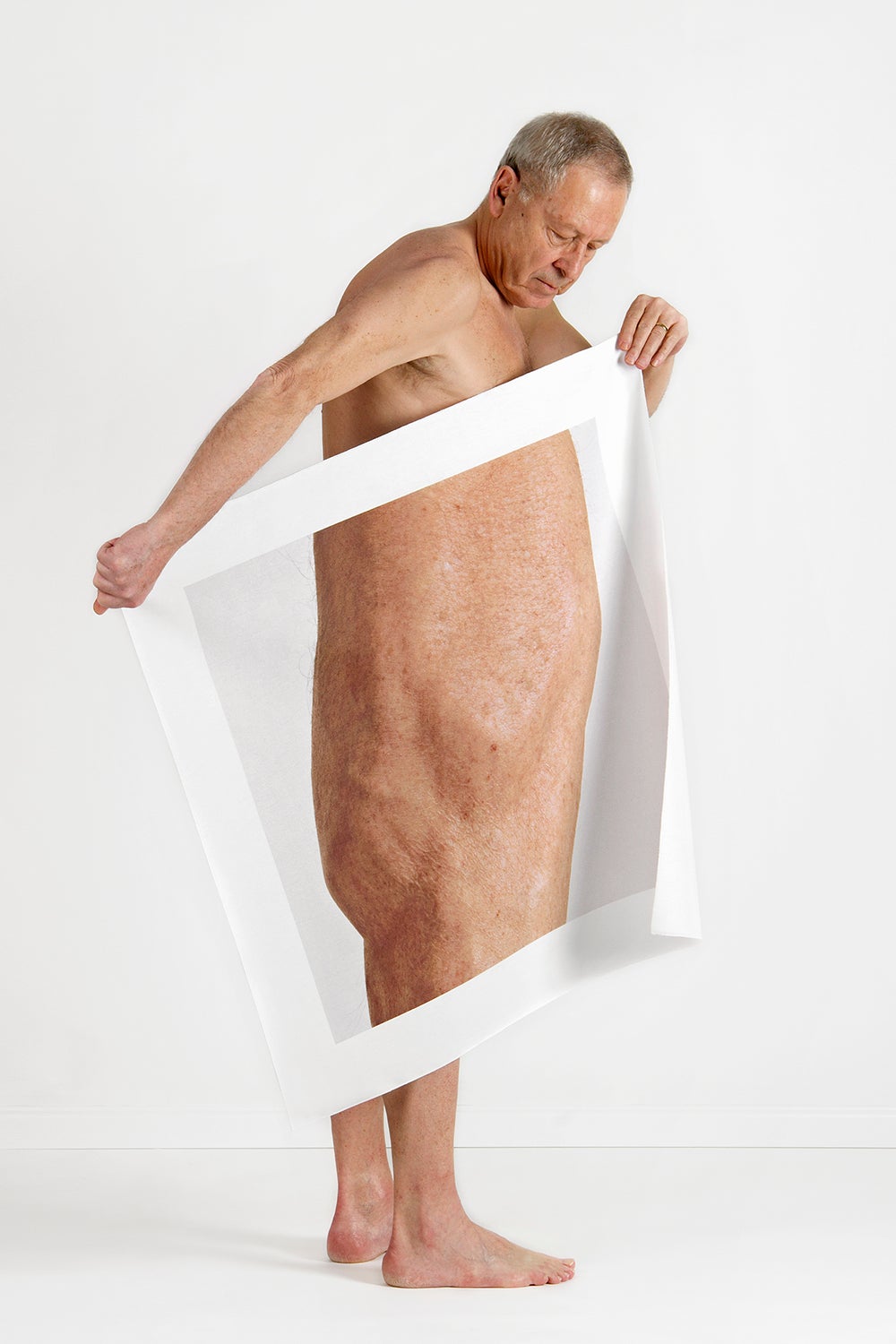The Independent's journalism is supported by our readers. When you purchase through links on our site, we may earn commission.
Powerful photos reveal reality of living with body dysmorphia
They will be displayed as part of an exhibition that also features photos of Lady Gaga
Your support helps us to tell the story
From reproductive rights to climate change to Big Tech, The Independent is on the ground when the story is developing. Whether it's investigating the financials of Elon Musk's pro-Trump PAC or producing our latest documentary, 'The A Word', which shines a light on the American women fighting for reproductive rights, we know how important it is to parse out the facts from the messaging.
At such a critical moment in US history, we need reporters on the ground. Your donation allows us to keep sending journalists to speak to both sides of the story.
The Independent is trusted by Americans across the entire political spectrum. And unlike many other quality news outlets, we choose not to lock Americans out of our reporting and analysis with paywalls. We believe quality journalism should be available to everyone, paid for by those who can afford it.
Your support makes all the difference.In 2018, body positivity is an ever-ascending movement that encourages people to embrace their natural shape, but there are still plenty of people who suffer from body image issues.
Now, a new photo series reveals just how crippling these problems can be.
Meltem Işık photographed people holding up close-up images of how they see their bodies, revealing the extent at which body dysmorphic disorder (BDD) can distort someone’s perception of what they look like.

In one, we see an elderly woman holding an enlarged photograph of her torso up against herself, but the image features far more wrinkles then she appears to actually have.

Another photograph shows a young man sat down and holding a close-up snap of his left foot, implying that he perceives it to be far larger than it really is.
Işık explains how working with each model shed light on the many different ways BDD can affect someone.
“Each model offered me different opportunities to construct an image that explores the complexities of seeing and being seen simultaneously,” the Istanbul-based photographer tells The Independent.
“With every image, the question is reframed between how we see ourselves, and how we are seen by others.”

Işık’s photographs, all of which have been printed in life-size, will go on display as part of the "Identity" exhibition at Zebra One Gallery in Hampstead, which runs from 24 November to 9 December.
The exhibition features work from nine other artists, all of whom want to raise awareness for BDD through their work.

They include celebrity photographer Derrick Santini, who will be displaying never-before-seen photographs of Lady Gaga taken in 2009, which illustrate the many different looks she toyed with at the start of her career.
The “Just Dance” singer has spoken openly about her struggles with BDD in the past, revealing how it led her to develop an eating disorder.
BDD is classified by the NHS as a mental health condition that sees a person spending a lot of time worrying about perceived physical flaws, which are often not noticeable to others.
It can affect anyone at any age, but is most prevalent in teenagers and young adults.

Join our commenting forum
Join thought-provoking conversations, follow other Independent readers and see their replies
Comments